

— Blogs —
—Products—
 Consumer hotline +8618073152920
Consumer hotline +8618073152920 WhatsApp:+8615367865107
Address:Room 102, District D, Houhu Industrial Park, Yuelu District, Changsha City, Hunan Province, China
Product knowledge
Time:2025-10-11 13:56:49 Popularity:347
Green Plant Protection: Precision Weather Data Empowers Reduced Pesticide Application and Enhanced Efficiency
Plant Protection 4.0: From "Experience-Based Control" to "Scientific Early Warning"
The overuse of pesticides and fungicides not only increases agricultural production costs but also poses long-term threats to soil health, biodiversity, and food safety. In the past, plant protection relied on farmers' experiential judgments—observing the weather, spotting disease spots, and then deciding whether to spray. However, this approach is lagging and wasteful: often, sprays are applied too early or in excess, raising costs and environmental burdens. In the IoT era, precision weather data combined with intelligent prediction models usher plant protection into a new phase of "prediction-driven" management.
By real-time monitoring of field climate changes, the system can provide early warnings before pest and disease outbreaks, shifting plant protection from "reactive response" to "proactive prevention."
IoT precision weather data is the key technical support for achieving pesticide reduction and advancing toward green plant protection. It transforms plant protection work from the traditional "reactive application after problems arise" to "proactive early warning before risks occur."
Traditional regional weather station data often differs significantly from the localized microclimates in fields. Regional meteorological stations provide macro-level data, while field climates vary greatly.
Niubol IoT weather stations deployed on farms capture hyper-localized microclimate information, such as:
- Air temperature and humidity, rainfall
- Wind speed and direction, solar radiation
- Leaf surface humidity, soil temperature and humidity
These minute-level data are uploaded to the cloud in real-time, integrated with pest and disease prediction models to form a "digital twin" of crop health. IoT weather stations deployed within farms provide hyper-localized, minute-level precision weather data.
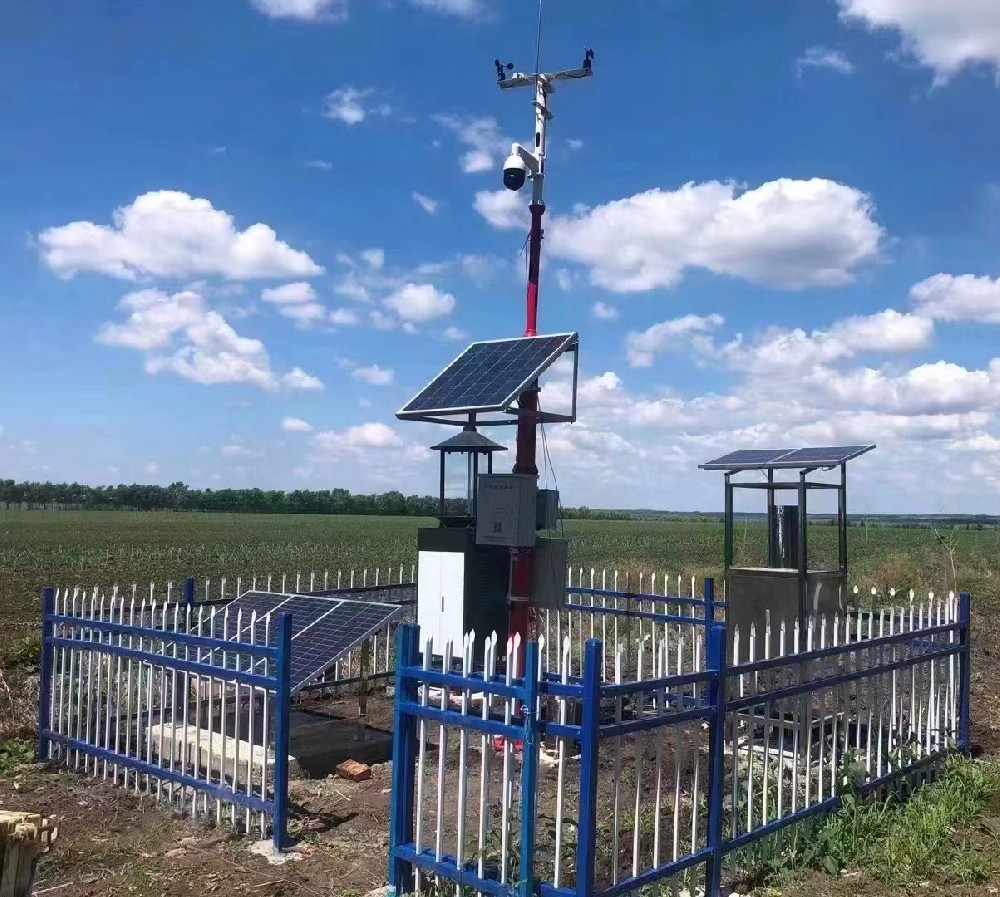
Fungal Disease Prediction: Most fungal diseases (such as downy mildew, powdery mildew, and brown spot) require specific temperatures, high humidity, and prolonged leaf surface wetness for spore germination and infection. Our system, combined with leaf surface humidity sensor data, can precisely calculate the "cumulative infection risk index."
Pest Reproduction and Migration: Temperature directly affects pest growth rates and reproduction cycles. Wind speed and direction data are used to predict migration paths and potential invasion times for migratory pests (such as locusts and aphids), buying precious time for early defenses.
Practical Application Case: Economic and Environmental Benefits of Precision Spraying Windows
The application of precision weather data is reflected in two key aspects of plant protection: risk prediction and spraying execution.
Case Analysis: Precision Control of Downy Mildew in Vineyards
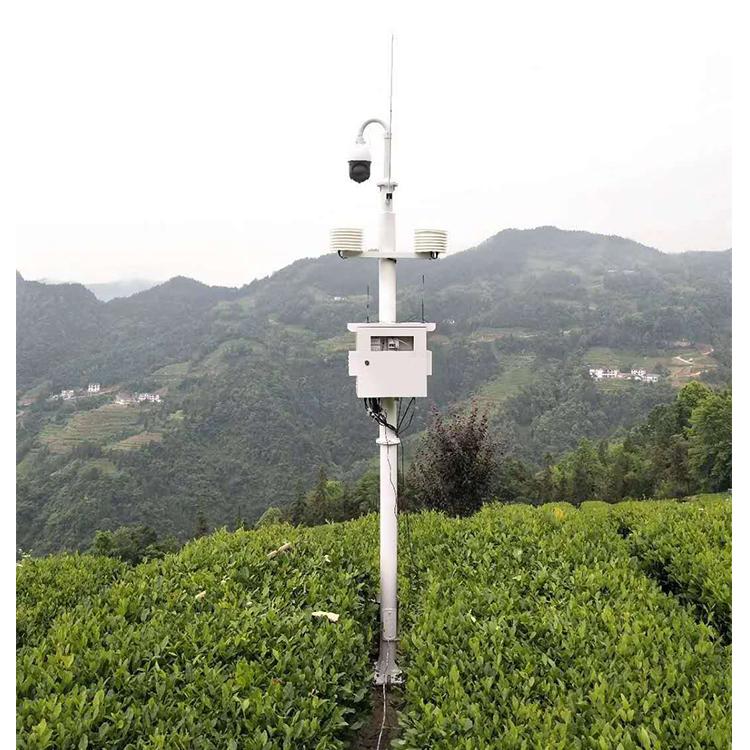
A certain vineyard base changed its traditional "preventive scheduled spraying" strategy after introducing a precision weather warning system:
1. Prediction-Driven Decisions: The system judges whether the downy mildew risk reaches the control threshold based on temperature and humidity, leaf surface humidity data from the past 48 hours, combined with 72-hour weather forecasts. If the risk is low, it delays or cancels the scheduled preventive spraying.
2. Avoiding Drift Losses: The system automatically identifies periods with high wind speeds (exceeding 3 m/s) and high rainfall probabilities, excluding these times as spraying windows to ensure pesticides are not dispersed by wind or washed away by rain.
Results: Through precise prediction and timing optimization, the base reduced the annual pesticide spraying frequency by 4 times while ensuring grape health, achieving a 35% reduction in pesticide usage, and saving significant labor and fuel costs.
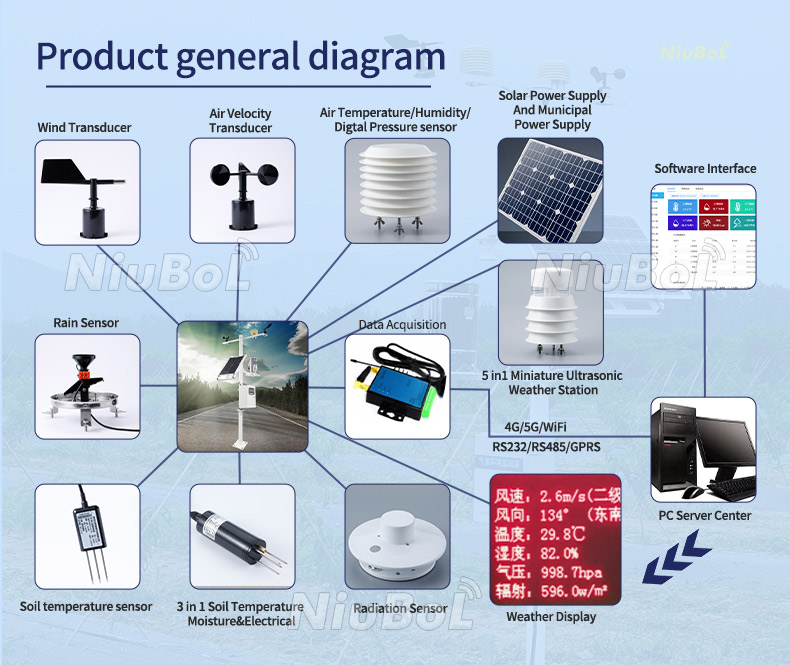
Adopting precision weather data for plant protection decisions is an inevitable choice for sustainable agricultural development.
1. Food Safety Assurance: Reduces pesticide residues, meeting the increasingly stringent standards of domestic and international markets for green and safe agricultural products.
2. Economic Benefit Enhancement: Significantly lowers pesticide procurement costs, optimizes labor scheduling, and improves pesticide utilization rates.
3. Environmental Friendliness: Protects soil microorganisms and reduces pesticide pollution to non-target organisms and surrounding ecosystems.
Niubol provides high-reliability, highly integrated IoT weather stations and pest and disease prediction model services. We are committed to transforming cutting-edge meteorological science into actionable reduction and efficiency decisions for farms.
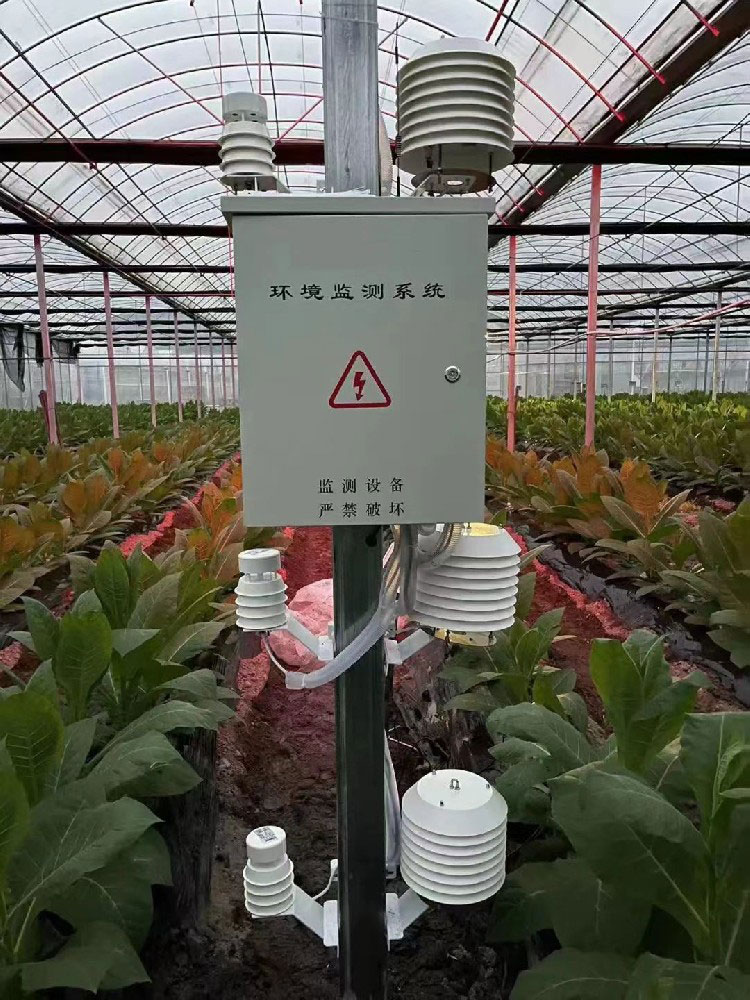
- IoT Automatic Weather Stations (temperature and humidity, rainfall, radiation, wind speed and direction, leaf surface humidity modules)
- Pest and Disease Prediction Algorithm Services (supporting 20+ crop models)
- Spraying Timing and Dosage Optimization Modules (compatible with plant protection drones and tractor systems)
- Cloud Data Visualization Platform (real-time monitoring, risk assessment, automatic reports)
Our Mission: Transforming complex meteorological and pathological sciences into operable pesticide-saving decisions for farmers.
Contact Us Now: Consult our plant protection experts to customize green plant protection solutions based on precision weather data, ushering in an efficient and safe mode of agricultural production.
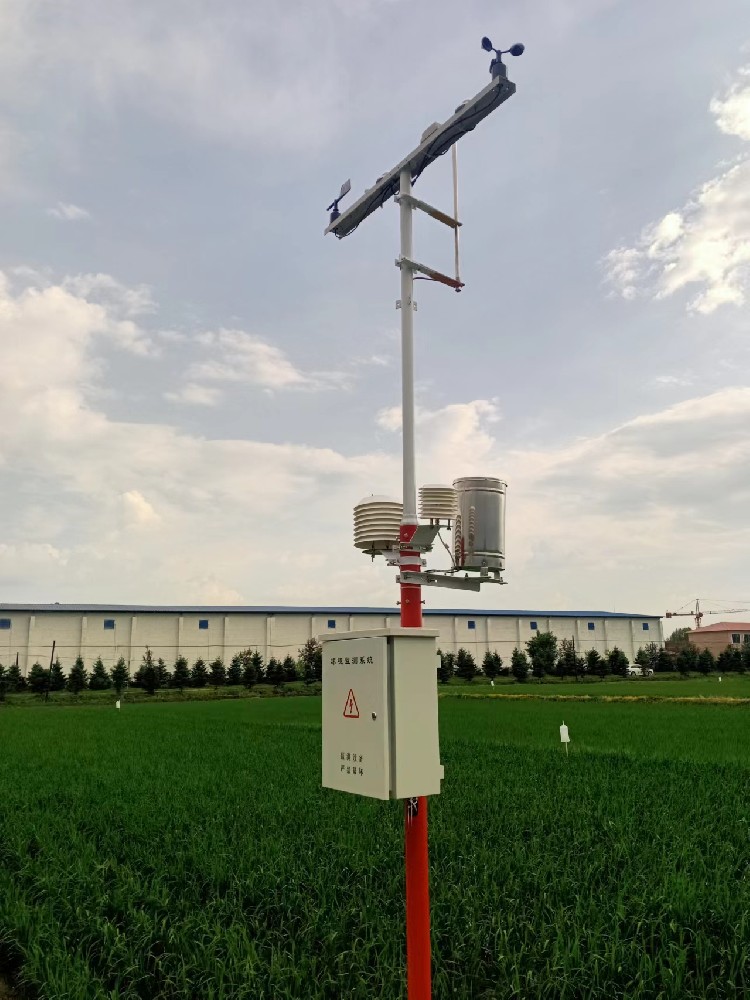
A: Our models are trained and continuously optimized based on over ten years of agricultural meteorological and pathological data, combined with field microclimate data, achieving prediction accuracy far higher than regional weather forecasts. The system can provide clear occurrence probabilities and time windows for specific diseases of specific crops (such as wheat head blight and apple black spot disease).
A: When the system's predicted risk index is in the low-risk zone, it recommends low-dosage preventive spraying or biological control for farmers; when the risk index reaches high risk and the infection window is about to close, it suggests standard-dosage therapeutic spraying. This dynamic dosage decision avoids unnecessary waste.
A: Our IoT weather stations are designed for easy installation and low power consumption, typically deployable within 30 minutes. The sensor modules feature high protection levels and self-diagnostic functions, with daily maintenance requiring only simple battery checks and surface cleaning, resulting in extremely low maintenance costs.
Conclusion: Let Weather Data Become the Best "Pesticide"
In the future smart agriculture system, pesticides will no longer rely on "experiential spraying," but on "data-driven spraying." Precision weather data not only reduces chemical inputs but also revitalizes the ecological vitality of farmlands.
Niubol believes that scientific data is more effective than any pesticide.
Prev:Multi-Crop Monitoring Systems with IoT Agriculture Sensors
Next:Water Quality and Environmental Sensors for Aquaculture Farms
Related recommendations
Sensors & Weather Stations Catalog
Agriculture Sensors and Weather Stations Catalog-NiuBoL.pdf
Weather Stations Catalog-NiuBoL.pdf
Related products
 Combined air temperature and relative humidity sensor
Combined air temperature and relative humidity sensor Soil Moisture Temperature sensor for irrigation
Soil Moisture Temperature sensor for irrigation Soil pH sensor RS485 soil Testing instrument soil ph meter for agriculture
Soil pH sensor RS485 soil Testing instrument soil ph meter for agriculture Wind Speed sensor Output Modbus/RS485/Analog/0-5V/4-20mA
Wind Speed sensor Output Modbus/RS485/Analog/0-5V/4-20mA Tipping bucket rain gauge for weather monitoring auto rainfall sensor RS485/Outdoor/stainless steel
Tipping bucket rain gauge for weather monitoring auto rainfall sensor RS485/Outdoor/stainless steel Pyranometer Solar Radiation Sensor 4-20mA/RS485
Pyranometer Solar Radiation Sensor 4-20mA/RS485
Screenshot, WhatsApp to identify the QR code
WhatsApp number:+8615367865107
(Click on WhatsApp to copy and add friends)
